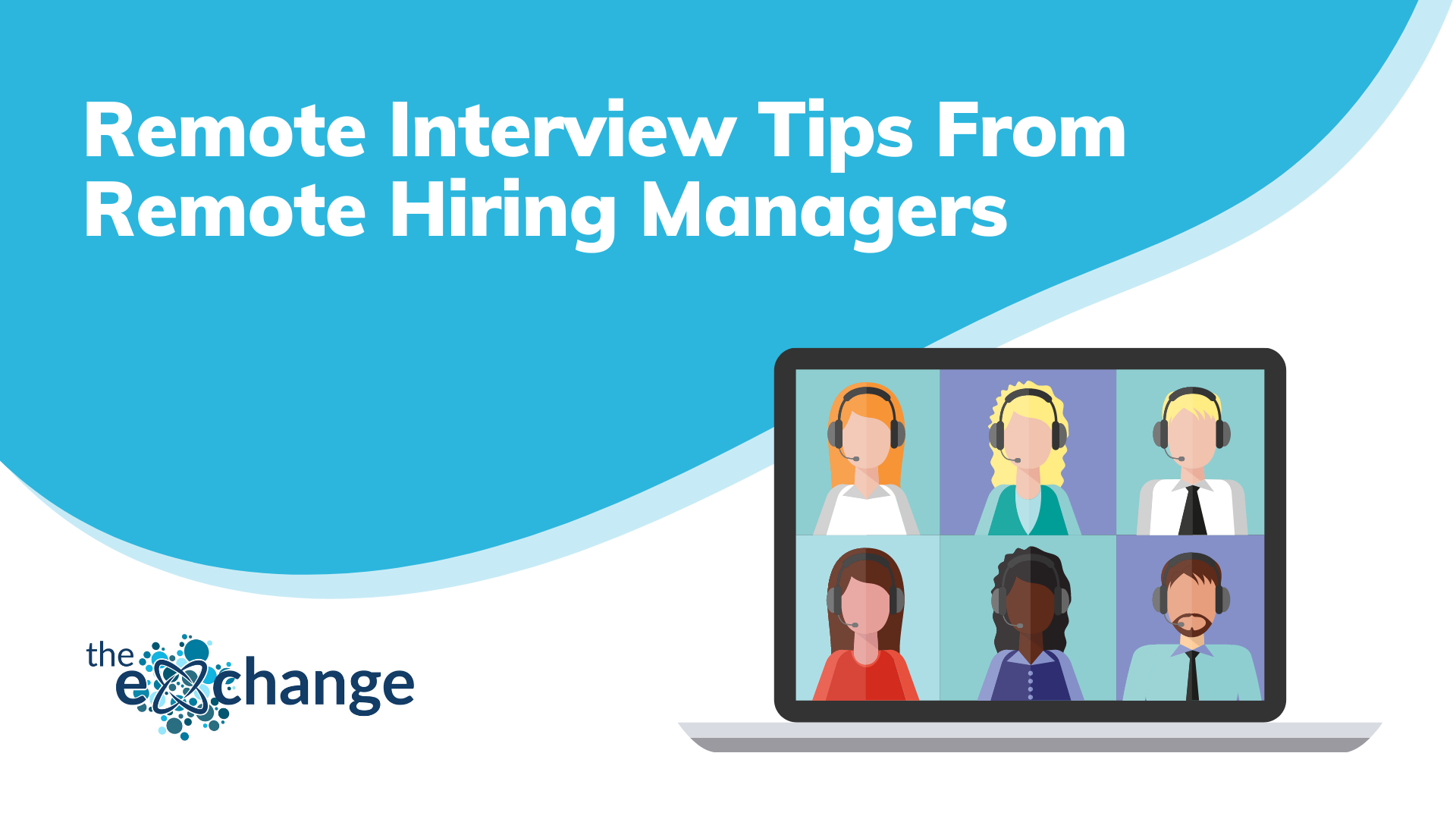
Remote interviews, whether over the phone or video calling service, have a completely different etiquette to regular interviews. Not only do you have to think about preparing your candidate for what may be a brand new experience you also have to prepare your hiring teams.
We spoke to a few hiring managers who have expanded their teams during lock-down to see what remote interview tips they have.
Simon Lusby is the Head of Transport Planning at City Science, a tech start-up that uses software and data to help local authorities and decision-makers decarbonise cities. Over the lockdown period, Simon and City Science have been looking to expand and secure data-driven transport planning consultants, with a passion for sustainable transport and decarbonisation.
To ensure they find the best talent, they use a technical test which asks candidates to analyse transport data from a local area. The test is designed to see if the candidate can handle and understand that data while also being able to present their findings and thoughts as insights to the relevant stakeholders. This gives us a clear understanding of their analytical experience, their presentation skills and their approach to problems. Competency questions then follow this presentation.
Despite giving the candidate a week to prepare for the interview, it’s still a two-stage interview over the video call. For that reason, Simon and his team at City Science include a 15-minute break between the presentation and competencies where both candidate and the interview panel can turn off their camera and microphone, gather their thoughts and catch their breath (use facilities etc.). This is also where we say goodbye to most of the interview panel and return with just the hiring manager and an HR rep.
“During a normal office-based interview we would have a break to offer the candidate water etc, so we try to replicate that without it being awkward just leaving the candidate online, or the candidate feeling that they can’t take a break. This way, the distance benefits both parties who can now gather their thoughts and refill their water.”
Communication between hiring managers can be difficult during the interview. Asking the same question twice or general mix-ups can contribute to bad candidate experience. The distance afforded by the remote interviews means hiring managers can use software like Slack more seamlessly, without disrupting the flow of the candidate.
“one of the benefits is we have slack open up as well during the presentation, which is our messenger system. So I and the other interviewers can raise points in slack that I might have missed, for example.”
Usually, all you have to worry about as a candidate is how you look – and that’s stressful enough. Now, however, you have to worry about what your backdrop looks like. A cluttered backdrop will likely give the wrong impression and, as Simon explains, the video will be the main source of communication with many clients in the future.
“This is it. This video interview will be how they engage going forward. And what we see behind them, how they dress and how they interact now is giving us an insight into how they’re going to engage with clients. So, they need to be approaching this interview as if they are City Science and we are the clients.”
Of course, the same goes for hiring managers too – a cluttered backdrop will only serve as a distraction for the candidate who is already under a lot of pressure.
Katharine Rooney is the Director of Talent Acquisition at Mimecast. Having recently joined Mimecast herself, Katharine has some first-hand experience to consider and take into wider discussions about the overall candidate experience.
For Katharine, this has resulted in a more even and timely approach to communication and a better connection between internal teams, which will have positive effects on the candidate experience.
“We all know that when you start a new organization, you do feel slightly on the backfoot and normally just give it time to get to know your new colleagues and working environment. But if you’re not going into an office, you need help with how do you do that.”
All of a sudden, the experience for both hiring managers and candidates has changed. New sets of tools and ways of working, brought in to make up the distance between candidate and hiring manager, requires new mindsets to use effectively and be as successful as you can. For Katharine and Mimecast, it’s as much about supporting the hiring manager as it is the candidate.
“We ask them throughout their first week, at the end of every day, how’s it gone? Because again, we’re conscious it’s a different experience and by keeping high touch points with them we can learn and continue to evolve the support and improve the overall experience.”